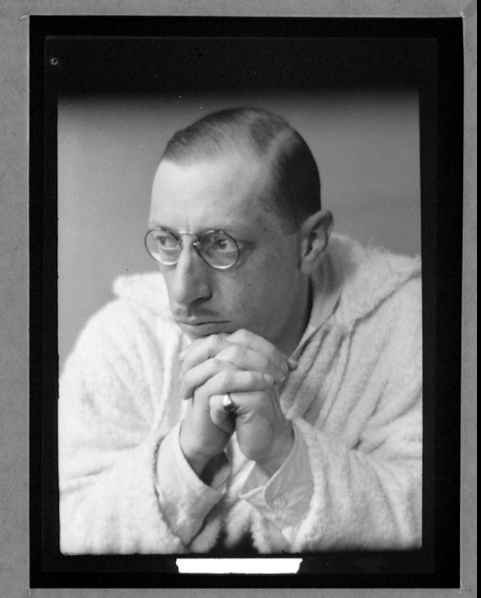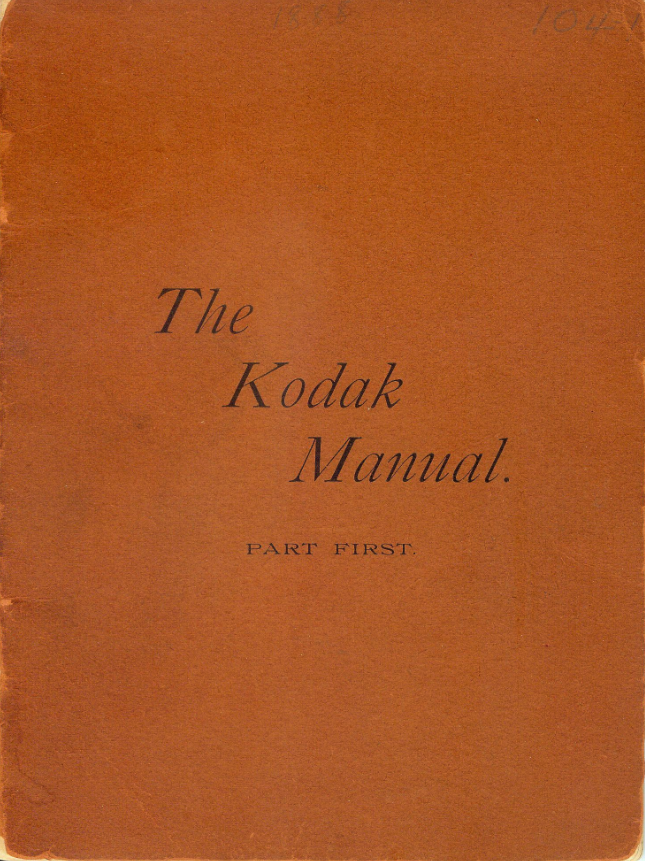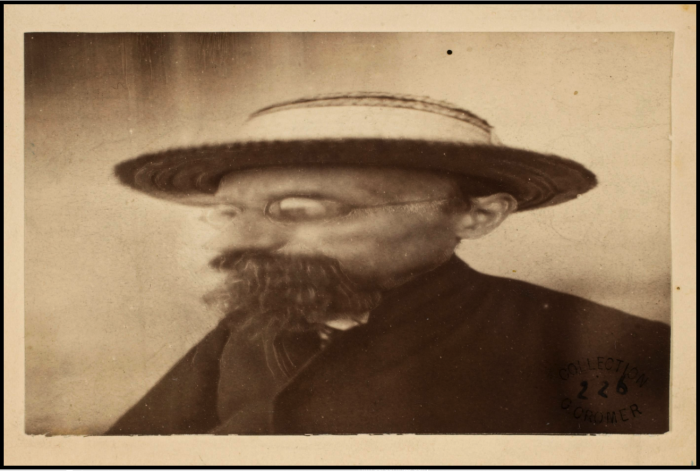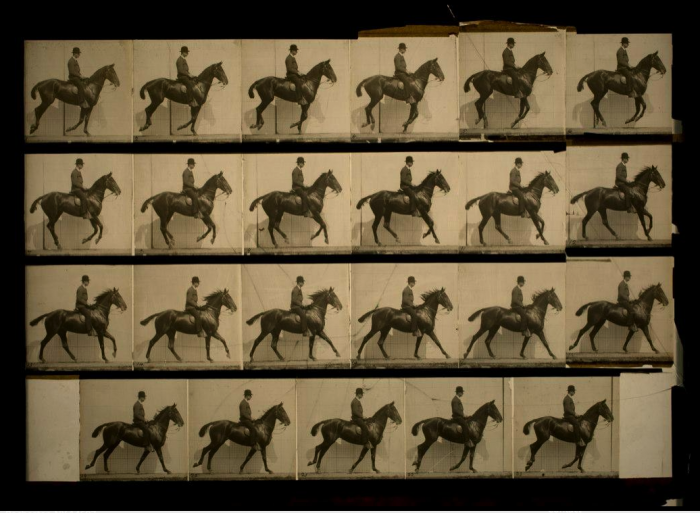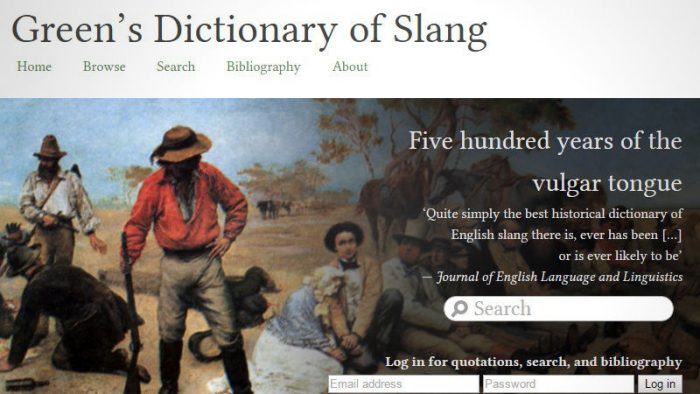By now, most people are familiar with the term “school-to-prison pipeline,” the description of a system that funnels troubled students through disciplinary program after program. Detentions, suspensions, and often expulsions further aggravate many students’ already difficult lives, and send them “back to the origin of their angst and unhappiness—their home environments or their neighborhoods,” writes Carla Amurao for PBS’ Tavis Smiley Reports. Harsh disciplinary policies don’t actually change behavior, and “statistics reflect that these policies disproportionately target students of color and those with a history of abuse, neglect, poverty or learning disabilities.”
In short, students come to school with significant stresses and setbacks, and are themselves treated as problems to be quarantined or forced out. But why not instead teach those students—why not teach all students—effective means of coping with stress and setbacks? I can think of almost no more useful a set of skills to carry into adulthood, or into a troubled home or neighborhood situation. As the CBS This Morning segment above reports, one school in Baltimore is attempting to so equip their students, with a yoga and meditation program during and after school that takes the place of detention and other punishments.
The Robert W. Coleman Elementary School adopted a twice-a-day yoga and mindfulness practice during school hours for all students, called “Mindful Moments”; and an after-school program called Holistic Me, which “hosts 120 male and female students,” writes Newsweek, “and involves yoga, breathing exercises and meditative activities. Disruptive students are brought to the Mindful Moment Room for breathing practices and discussion with a counselor and are instructed on how to manage their emotions.” As we’ve previously noted on this site, these kinds of activities have been shown in research studies to significantly reduce stress, anxiety, and depression and to improve concentration and memory.
In the Holistic Me program at Coleman, “which focuses on prekindergarden through fifth-grade students,” administrators already noticed a difference in the first year. “Instead of the students fighting or lashing out,” says principal Carlillian Thompson in the video above, they started to use words to solve their problems.” None of the students in the program have received suspensions or detentions, and many have become leaders and high achievers. The program was founded in 2001 by brothers Atman and Ali Smith and their friend Andres Gonzalez, all Baltimore locals. In the past 15 years, their Holistic Life Foundation and its partners have offered a variety of enrichment activities but focused primarily on yoga and mindfulness practices.
Using these techniques, students learn to resolve conflicts peacefully and to reduce the amount of emotional turmoil in their lives. Rather than further alienating or traumatizing already stressed-out kids, this kind of intervention prepares them for academic and social resilience. The foundation has rapidly expanded since 2015, receiving federal funding and delivering programs to Charlottesville, Minneapolis, Madison, and abroad. It may not have changed the course of “school-to-prison pipeline” policies just yet, but it has shown a constructive way forward for other schools like Baltimore’s Patterson High, which has adopted a 15-minute yoga and mindfulness practice at the beginning and end of each day for every one of its students.
Looking for free, professionally-read audio books from Audible.com? Here’s a great, no-strings-attached deal. If you start a 30 day free trial with Audible.com, you can download two free audio books of your choice. Get more details on the offer here.
Related Content:
Free Guided Meditations From UCLA: Boost Your Awareness & Ease Your Stress
Stream 18 Hours of Free Guided Meditations
Philosopher Sam Harris Leads You Through a 26-Minute Guided Meditation
Daily Meditation Boosts & Revitalizes the Brain and Reduces Stress, Harvard Study Finds
Josh Jones is a writer and musician based in Durham, NC. Follow him at @jdmagness

